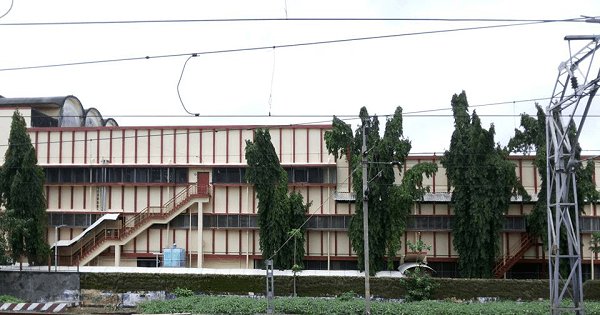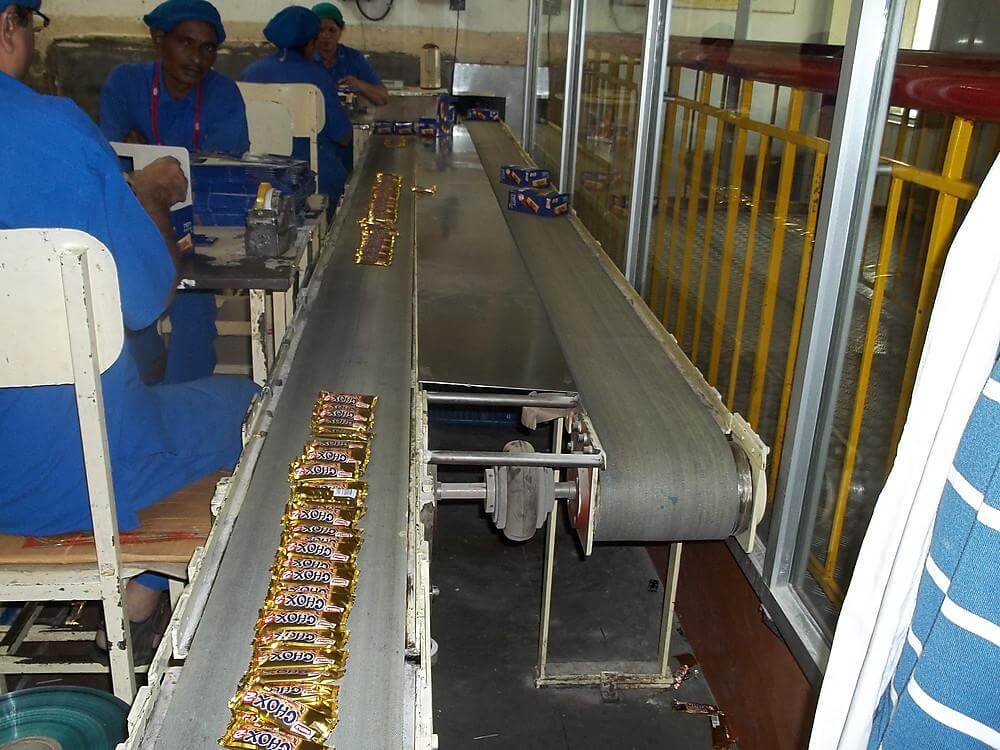When you travel the length of the suburban line of Western Railways, there are two points in your journey where even if you’re asleep you know where you are because of what you smell. The first is the Mahim creek, with a stench that invades every passing train and the suburb that lies next to it. The other is the Parle factory that lies between Vile Parle and Andheri.
It’s not much to look at from the tracks. A rectangular structure with many windows it could pass off as any industrial complex. A couple of chimneys emit white smoke at all times. There was a giant hoarding facing the railway track, where the iconic Parle-G girl stared out at the world with her arms open, a quizzical expression on her face like someone had run off with her biscuits.

It’s a sentiment every traveller on that railway line has felt at some point. The factory strangely enough is next to a major signal, so there’s a good chance most trains will come to a halt in front of it. And it’s there that you’re hit with the lovely smell of baking biscuits and whatever else was being made in that giant building.
Was the signal put there by chance or was it just to get a large chunk of Mumbai’s population craving the biscuits? It’s difficult to say, but if you boarded the train hungry, by the time you reached the next station, you knew one thing for sure: you had to get a packet of biscuits.
But that has ended. A Times Of India report says that the factory, the site for many picnics, industrial visits and general admiration, is shutting down. Turns out that despite the lovely smells emerging from within, it had been functioning only at partial capacity for months and the 300 employees had taken voluntary retirement.

What was once the capital of the Parle’s biscuit making empire has halted production and shifted production of biscuits there to other units across the country. It plans to hold on to the land though, presumably to make the most of Mumbai’s constantly record-breaking real estate prices.
The Parle factory was the first one set up in the western suburb of Vile Parle in 1929 and the company was named after the suburb in which it was set up. The company that once manufactured sweets, went on to diversify into biscuits and hasn’t looked back since then. And despite having become one of the biggest biscuit brands in the nation, the name of the company remains a reminder of a factory started in a once sleepy suburb of India’s financial capital.
Many Mumbai residents have never have visited the factory but in our heads the factory was perhaps something like this:
We imagined the multitude of goodies that emerged from there to us. We imagined getting them fresh of conveyor belts. We hoped it would be all we fantasized it was. Many haven’t seen the inside of the factory, but thanks to the fragrances that it emitted, we had to assume whatever was happening in there was something lovely.
The factory was hardly an iconic structure and won’t be missed for its aesthetics or for being iconic institution that touched the lives of many. What it may be missed for is giving us something pleasant to think about in a city like Mumbai where you have enough to complain about, but never have the time or heart to do anything about.
The residents of the area may disagree, but for passing travellers, stuck in crammed trains, mostly breathing a fellow passenger’s body odour, it offered a brief respite and gave them something more pleasant to think of. Once the Parle factory does down its shutters, the thousands that travel on the railway line will have nothing but their destinations to look forward to.
Featured image source: Facebook/ Sanat Shahir

















